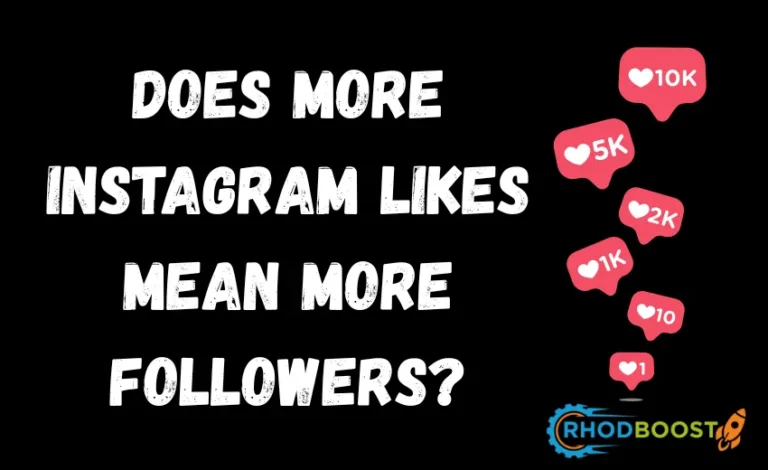
Democracy thrives on informed citizens who can critically analyze information and make educated decisions. However, the growing influence of media bias challenges the objectivity of news reporting, potentially shaping public perception and influencing political landscapes. Platforms like Biasly provide a comprehensive analysis of media bias, helping readers discern the reliability and perspectives of various news sources. Understanding media bias is essential to ensuring a well-informed public and protecting democratic values.
The Impact of Media Bias on Public Perception
Media bias affects how people interpret political events and policies. When news outlets present information with a particular slant, they can influence public opinion, sometimes reinforcing preexisting beliefs or creating divisions among citizens. Recognizing bias allows individuals to assess information more critically, ensuring they are not swayed by one-sided narratives.
Types of Media Bias
Partisan Bias
Favoring one political party or ideology over another.
Sensationalism
Emphasizing shocking or dramatic news to attract viewership.
Omission Bias
Leaving out key facts that could provide a more balanced perspective.
Framing Bias
Presenting a story in a way that influences public interpretation. By understanding these types, individuals can better evaluate the reliability of different news sources.
The Role of Media Bias Ratings
Organizations like Biasly offer media bias ratings, helping readers determine where a publication falls on the political spectrum. These ratings assess factors such as language, story selection, and political alignment, allowing consumers to identify potential bias and seek alternative viewpoints. Utilizing such tools helps maintain a more balanced understanding of current events.
Political News Trends and Their Influence
Political news is often shaped by media trends, where certain topics receive more coverage than others. This can create an illusion of importance, swaying public discourse. Biased reporting can also lead to misinformation, making it crucial for audiences to cross-reference sources and seek diverse perspectives.
How News Bias Affects Elections
During election cycles, media bias can play a significant role in shaping voter opinions. Favorable coverage of a candidate or party can increase their popularity, while negative bias can damage reputations. Democracy relies on fair and impartial reporting so that voters can make decisions based on accurate information rather than partisan influence.
The Need for Critical Thinking in Media Consumption
Developing media literacy and critical thinking skills is essential in a world where biased news is prevalent. Readers should:
- Cross-check multiple sources.
- Identify emotionally charged language.
- Look for fact-based reporting rather than opinion-driven narratives.
- Utilize tools like Biasly to verify media bias. By actively engaging in critical analysis, individuals can mitigate the effects of bias and form more objective viewpoints.
Conclusion
Understanding media bias is fundamental to preserving democracy. Platforms like Biasly empower citizens by providing objective media bias ratings, helping readers navigate the complexities of modern news consumption. By identifying bias and seeking balanced perspectives, individuals contribute to a well-informed electorate, which is essential for a thriving democracy. Taking an active role in media literacy ensures that democratic values remain strong in an era of information overload.






